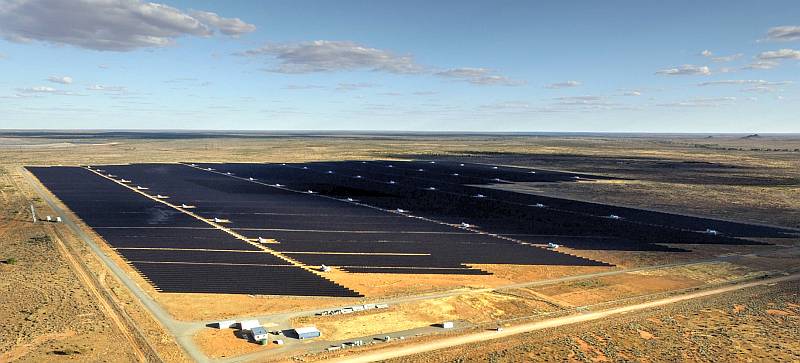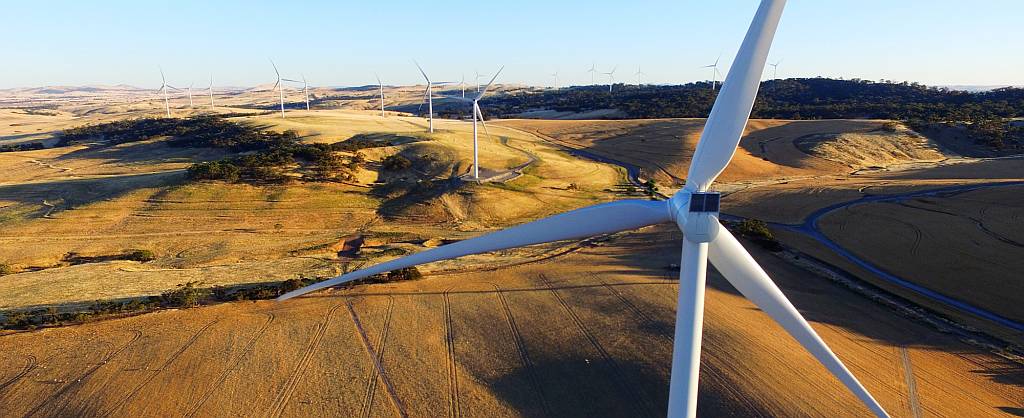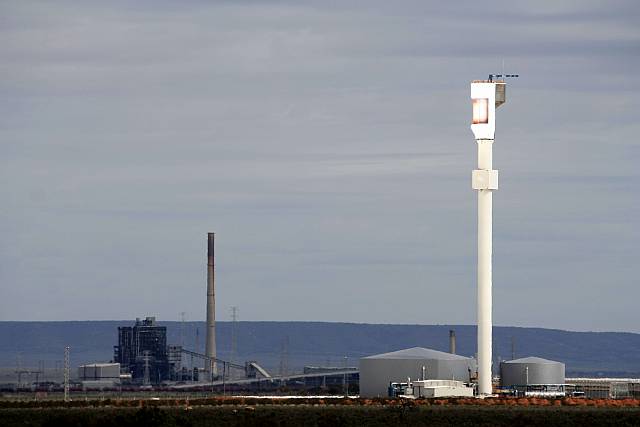It seems to me that this project is very likely to have unacceptable long-term environmental consequences. To me the main concern would be that the proponents would bring many tonnes of salt to the surface which would then have to be disposed of. They estimate that salt extraction will peak at 115 tonnes per day from years two to four of the project. Quoting from the IESC report:
"Key potential risks of the project include: salt and chemical management and disposal; groundwater depressurisation and drawdown in aquifers within the project area and surrounds that may impact groundwater dependent ecosystems (GDEs) and other groundwater users; and changes to surface water flow and quality as a result of discharges to Bohena Creek. Potential areas at risk from these impacts include: landowner bores in the northern portion of the project area, outside the Pilliga State Forest, overlying areas of gas extraction from the Hoskissons Seam; Hardys and Eather Springs; Bohena Creek downstream of the discharge location; and areas of co-produced brine, salt and waste are stored (SIC).
The proponent has identified potential landfill facilities for disposal in the region but notes that most have limited capacity for additional waste."
Bringing 115 tonnes of salt each day for years up from a coal seam, where it is stable and doing no harm, and dumping it at or near the surface is madness. I worked for 30 years in the hydrogeology (underground water) field. I am very familiar with the problems of salinity and groundwater. If this project goes ahead it will ultimately be an environmental disaster; maybe not in five or ten years, but certainly in the longer term.
|
Jeremy Buckingham, NSW Greens MP produced a
media release on 2017/08/29 calling on the NSW Premier to cancel the
Narrabri coal seam gas project.
|
There are renewable energy alternatives to fossil fuels that come with very little environmental risk, such as solar photo-voltaic, solar thermal and wind farms, as pictured on the right. Why risk the future of good quality farmland when we don't have to?
See Narrabri in Wikipedia.
Anti-coal seam gas organisation, Lock The Gate, has a net page on the Narribri CSG proposal.
|
|



